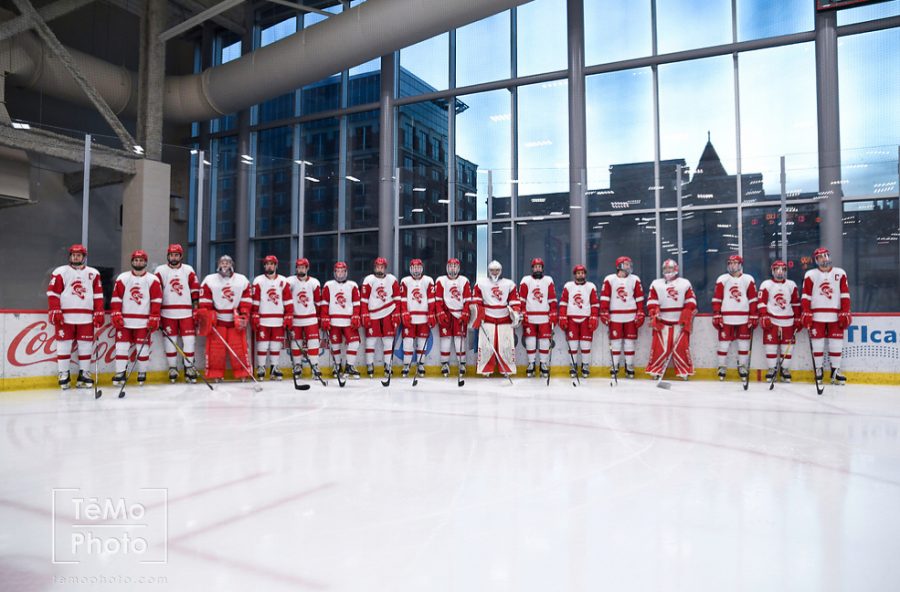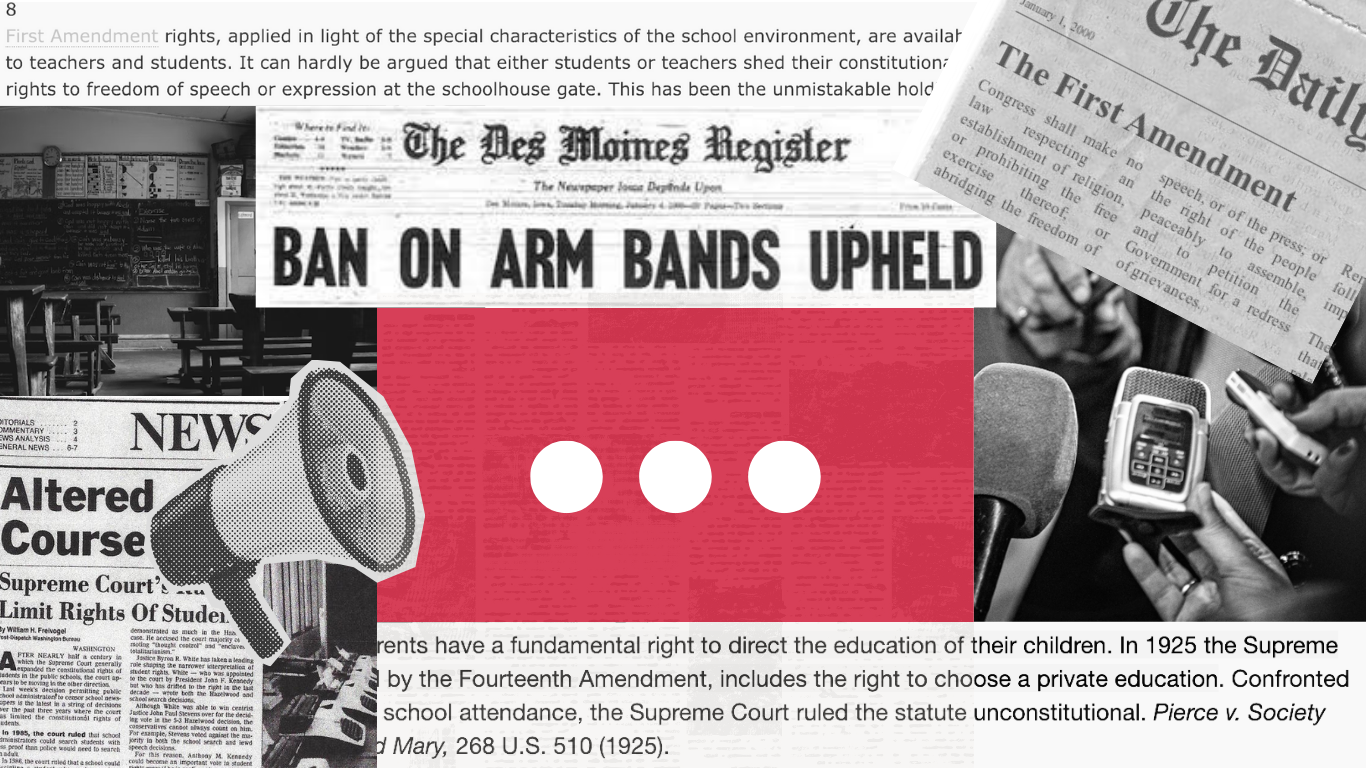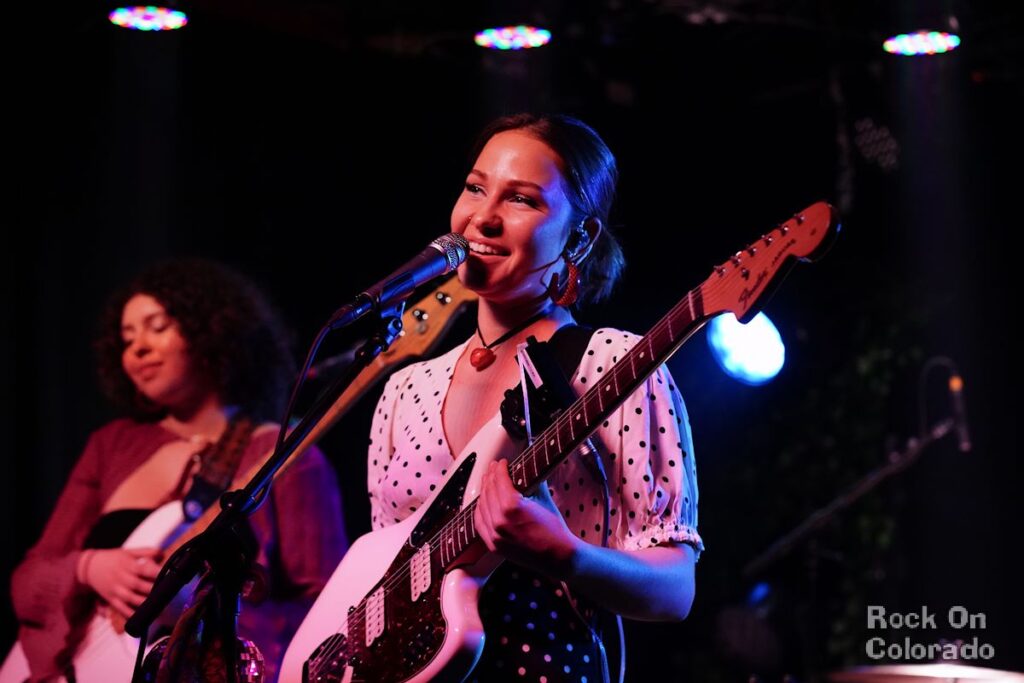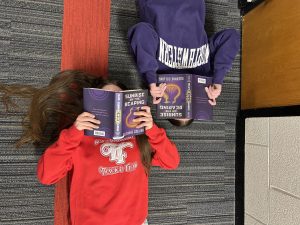Junior Hockey fulfills NHL Dreams
BSM’s 2019-2020 boys’ hockey team stands shoulder-to-shoulder on the ice.
January 11, 2021
While the majority of BSM high school seniors are getting prepared to go to college next fall, hockey players that one day hope to play at the college level are not. Unlike athletes in most sports, hockey players typically have to play one to three years of junior hockey before playing in college. Junior hockey consists of three different tiers, Tier I USHL, Tier II NAHL and Tier III both EHL and NA3HL. The commitment to playing hockey after high school comes with both good and bad.
Junior hockey is where a kid’s dream of playing college hockey for the NHL becomes a reality. While playing, juniors players are coached by some of the best coaches in the country where they learn how to play hockey at an advanced level and gain life long skills that they will carry through their lives. Players get to compete at one of the highest levels of hockey outside of college and the NHL. Players also get the chance to travel to many different states and play in many different arenas, some of which are packed with thousands of fans. For example, the Sioux Falls Stampede’s home rink seats over 10,000 fans.
Despite all the traveling and time spent playing hockey, there is still time for players to pick up a few college courses. This is especially helpful if you end up playing hockey in college, because you already have a head start on your classes. Finally, the most important thing is players get to meet new friends and create a brotherhood between them while playing the sport they love.
Although junior hockey has many positives to it, there are also negatives you need to know before deciding to play. When playing juniors, you are taken in by a family that you have never met before and you live with them for the entire hockey season. Living with an entirely new family for nine months is difficult and certainly a strange experience. You also have to be prepared for the many nights spent at hotels and long bus rides taken to your games. The average bus rides a team takes are about seven hours and the long ones are upwards of twelve hours. Another major downside is the fact that you will be graduating college a year or three later than the peers you graduated high school with, delaying the start to your future in the adult world. Players that make it to junior hockey have about a one-in-twenty chance of having a career of over four hundred games (5 seasons) in the NHL, and only the best of the best are able to make a living playing hockey.



























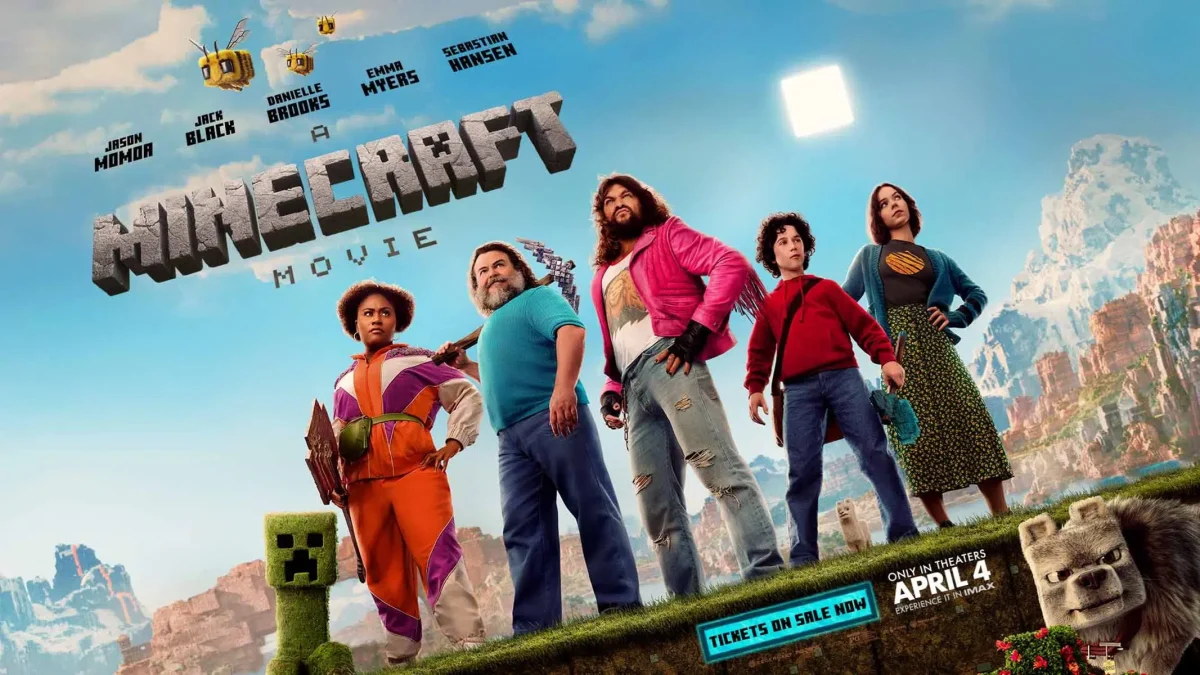









![Teacher Lore: Mr. Hillman [Podcast]](https://bsmknighterrant.org/wp-content/uploads/2025/03/teacherlorelogo-1200x685.png)



